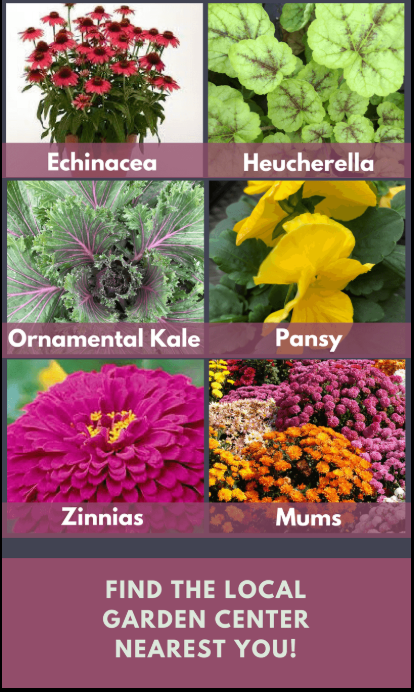Late-Season Planting in Minnesota: Tips for a Thriving Fall Landscape
- Andrew Clark

- Oct 20
- 3 min read
As summer fades and the crispness of fall arrives, many gardeners in Minnesota might be tempted to store their tools. But did you know that late-season planting can lead to stunning results next spring? With proper timing, selecting the right plants, and following some best practices, you can create a captivating landscape that will thrive come warmer days.

Timing: Know Your First Frost Date
Knowing your first frost date is critical for successful late planting. In Minnesota, this date usually falls between late September and mid-October, depending on your exact location. For example, areas like Duluth may see frost as early as September 25, while places in the southern part of the state, like Rochester, may have their first frost around October 10. You can find specific dates through the University of Minnesota Extension.
Plan your planting according to your frost date. You typically have until about two weeks before the expected frost to plant trees, shrubs, and perennials. For instance, if your last frost is expected on October 5, aim to plant by September 21. This timing allows your new plants enough time to establish roots before winter arrives.
By planting in late summer or early fall, you capitalize on the still-warm soil, which promotes root growth. This is a key advantage over spring planting, where soil temperatures can be too low, sometimes dipping below 50°F, slowing down root establishment.
What to Plant: Hardy Perennials and Spring-Blooming Bulbs
Selecting the right plants can make all the difference in your late-season planting success. Hardy perennials such as asters (which can bloom into late October) and sedum are ideal for fall planting. For example, ‘Autumn Joy’ sedum can thrive in temperatures as low as 20°F and remains vibrant through the fall.
Additionally, fall is the prime time to plant spring-blooming bulbs. By planting tulips, daffodils, and hyacinths in September or October, they can develop strong roots before winter. Studies show that bulbs planted in the fall produce 30% more blooms in spring compared to those planted in spring.
Considering trees or shrubs? Late-season planting can benefit species like red maples and sugar maples, which can be successfully planted until mid-October. These trees adapt better over the winter when planted in the fall rather than waiting for spring.

Best Practices for Late-Season Planting
To ensure your late-season gardens flourish, consider these effective practices:
First, consistent watering is essential for new plants. Even though fall generally brings more rain, newly established trees and shrubs need regular deep watering to promote root growth. Aim to water once a week, providing at least one inch of moisture each time.
Next, add a layer of mulch around your new plantings. Mulch not only retains soil moisture but also provides insulation, protecting the roots from extreme temperature changes. A 2-3 inch layer of wood chips or straw can be highly effective.
Selecting well-adapted species can also help your garden thrive. Native plants tend to be more resilient and require less maintenance. For example, native grasses like little bluestem are drought-resistant and create a beautiful landscape through the fall and winter.
Finally, stay vigilant about sudden temperature drops. If a frost is forecasted, protect your new plants with burlap or frost cloth to minimize damage.
Getting Ahead for Spring Growth
One of the main benefits of late-season planting is the head start on spring growth. These plants can establish robust root systems before the ground freezes. In fact, studies show that roots continue to grow until the soil temperature drops below 38°F, offering an extended growing season.
Moreover, plants you put in the ground this fall generally face fewer pests and diseases. They experience less heat stress, which allows them to prioritize root establishment over battling drought or bugs.
In summary, late-season planting in Minnesota is an effective strategy to set the stage for a beautiful spring landscape. By understanding frost dates, choosing suitable plants, and implementing best practices, you can cultivate a stunning fall garden that will thrive when the warmer weather returns.
So, get out your gardening tools and embrace the season of fall planting. The rewards will be evident when vibrant blooms and lush greenery emerge in spring!



